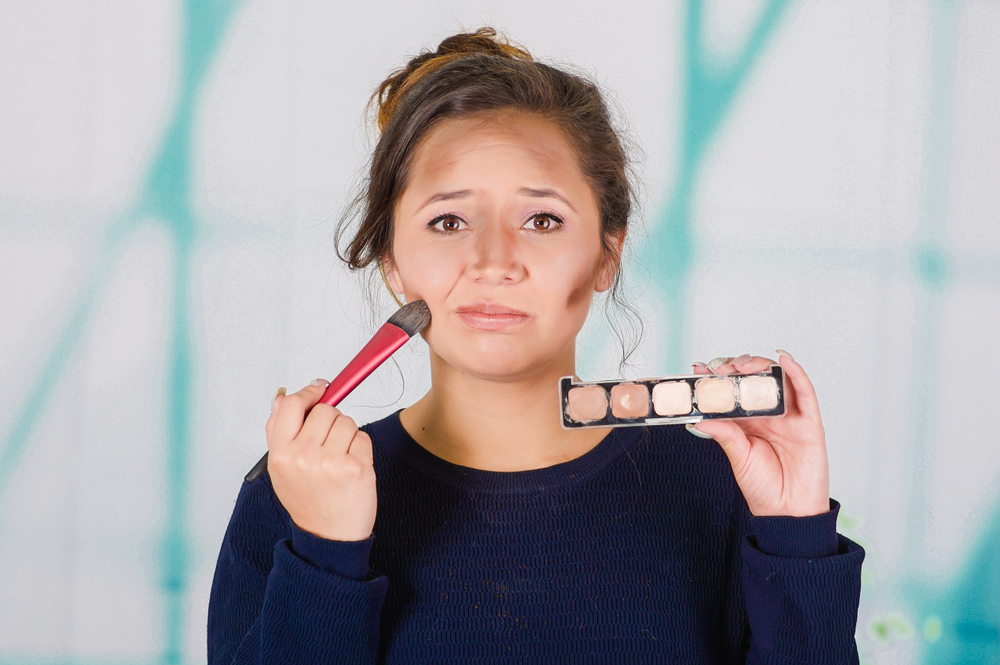At first glance, seed cycling may seem like another trendy wellness practice your friend from yoga swears by. Flax in the follicular phase? Pumpkin seeds for your progesterone? It’s giving Gwyneth—but it’s also giving results. And women are catching on—especially those sick of being told their hormones are “just part of being a woman.”
Seed cycling isn’t a magic fix, but it is a natural, food-based practice that’s gaining traction among women managing everything from mood swings to PCOS. It doesn’t involve biohacking or synthetic hormones, and it doesn’t require handing your power over to a white coat. This is food-as-medicine, with a cult following that’s anything but fringe. Here’s why seed cycling has become the go-to ritual for hormonally tuned-in women everywhere.
1. It’s A Rhythmic Hormone Reset

Seed cycling works by aligning specific seeds with phases of your menstrual cycle to support estrogen and progesterone levels, according to Healthline. The follicular phase (days 1–14) gets flax and pumpkin; the luteal phase (days 15–28) calls for sesame and sunflower. These seeds contain phytoestrogens and lignans that help balance your body’s natural hormone fluctuations. It’s not about overriding your hormones—it’s about nudging them gently into alignment.
This approach appeals to women who are tired of rollercoaster cycles, hormonal acne, and feeling out of sync with their own bodies. It’s rhythmic, low-risk, and rooted in nourishment, not restriction. You’re not detoxing or depriving—you’re feeding your hormones like the cyclical queen you are. And that’s powerful.
2. It Supports Estrogen Detox Like A Pro
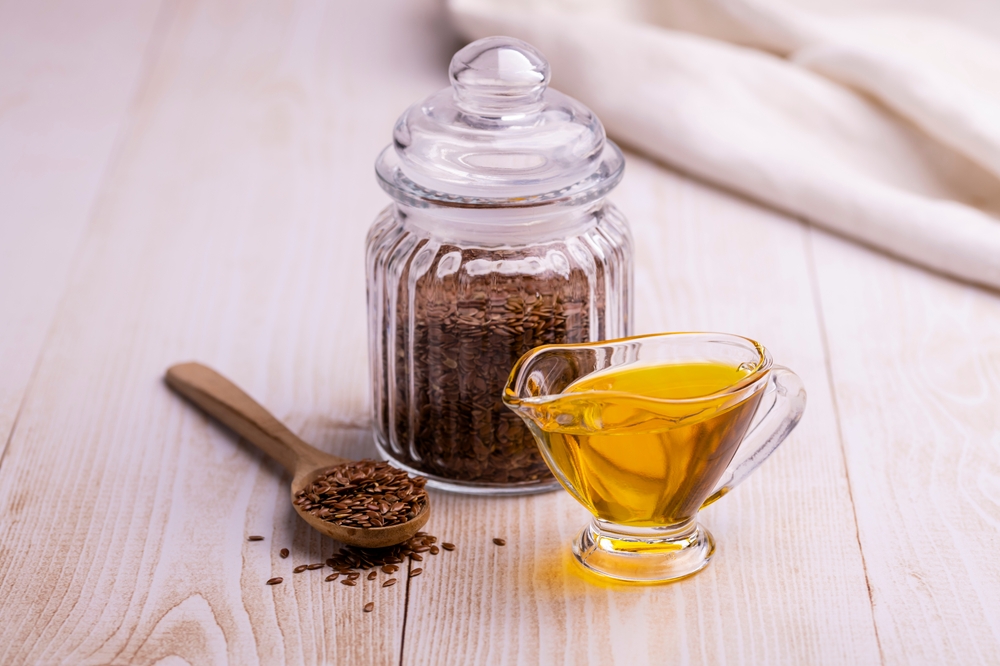
Flaxseeds, in particular, are loaded with lignans that help the liver metabolize excess estrogen according to Science Direct. When estrogen dominance is behind bloating, irritability, or fibroids, flax becomes your friend. It doesn’t block estrogen—it modulates it, helping your body eliminate what it doesn’t need. Think of it as a clean-up crew for hormonal clutter.
This is especially helpful in the first half of your cycle, when estrogen naturally rises. Instead of letting it run wild, you’re supporting your body’s ability to regulate it. Women love this because it feels empowering—you’re not suppressing, you’re supporting. And unlike birth control, it’s not handing your hormones over to synthetic overrides.
3. Progesterone Gets A Gentle Nudge Too
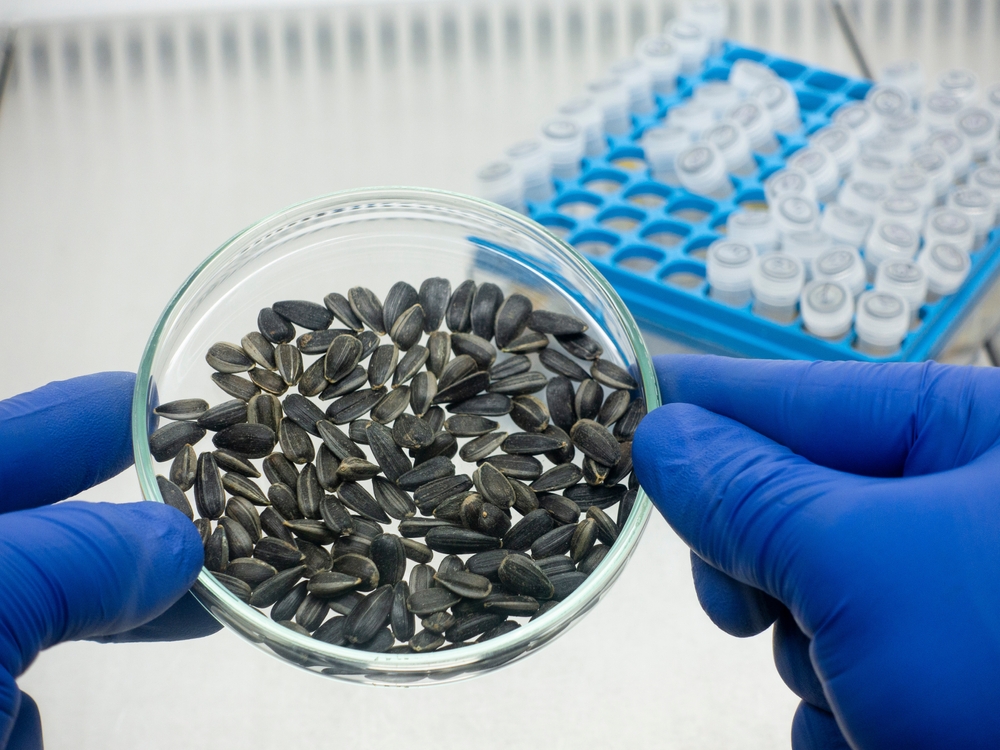
In the second half of your cycle, sesame and sunflower seeds step in to help your body produce more progesterone naturally. Low progesterone is linked to anxiety, insomnia, and those haunting late-period mood crashes. These seeds are rich in zinc and vitamin E, which are crucial for hormone production and regulation. It’s subtle, but it’s science-backed.
You’re not forcing your body—you’re feeding it. That’s a huge difference. And for women with short luteal phases, irregular cycles, or spotting before their period, this support can be game-changing. It’s quiet biohacking without the Silicon Valley energy.
4. It Can Help Regulate Irregular Periods
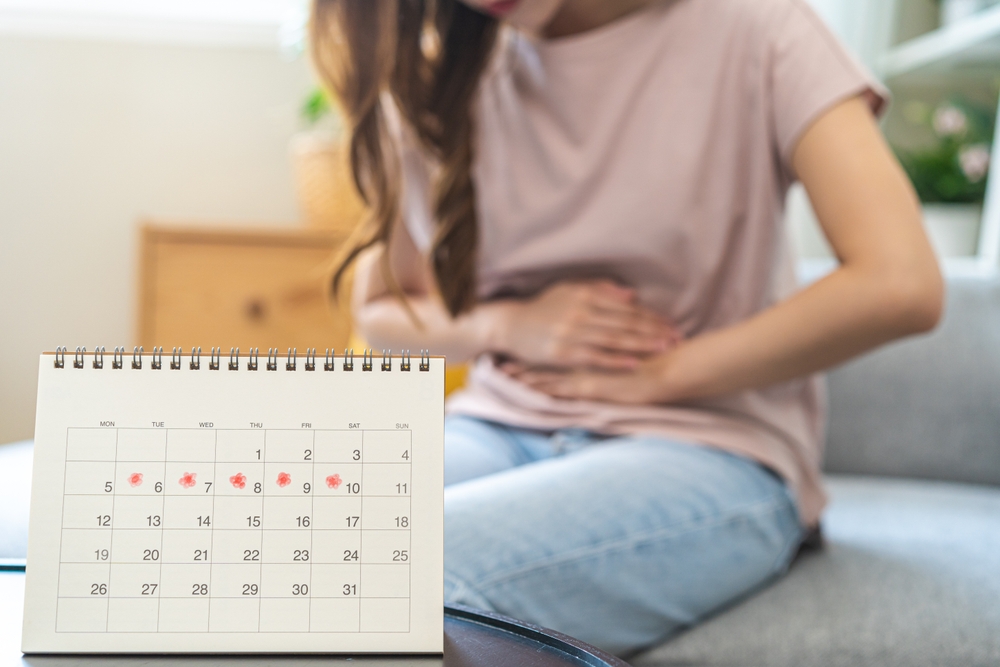
For women with irregular or absent cycles—think PCOS or post-birth control—seed cycling offers a non-invasive way to encourage regularity. By mimicking the natural rhythm of estrogen and progesterone using food, you’re essentially giving your body a hormonal roadmap. It may take a few cycles to show results, but many women report more consistent periods and less chaos. This isn’t placebo—it’s pattern reinforcement.
According to a 2022 review in Frontiers in Nutrition, dietary lignans have been linked to improved menstrual cycle regularity and hormone metabolism. That’s why nutritionists and naturopaths are now recommending seed cycling as part of hormone-supportive protocols. It’s not woo—it’s well-studied. And when your body starts syncing, you feel it.
5. It’s A Fertility-Friendly Practice
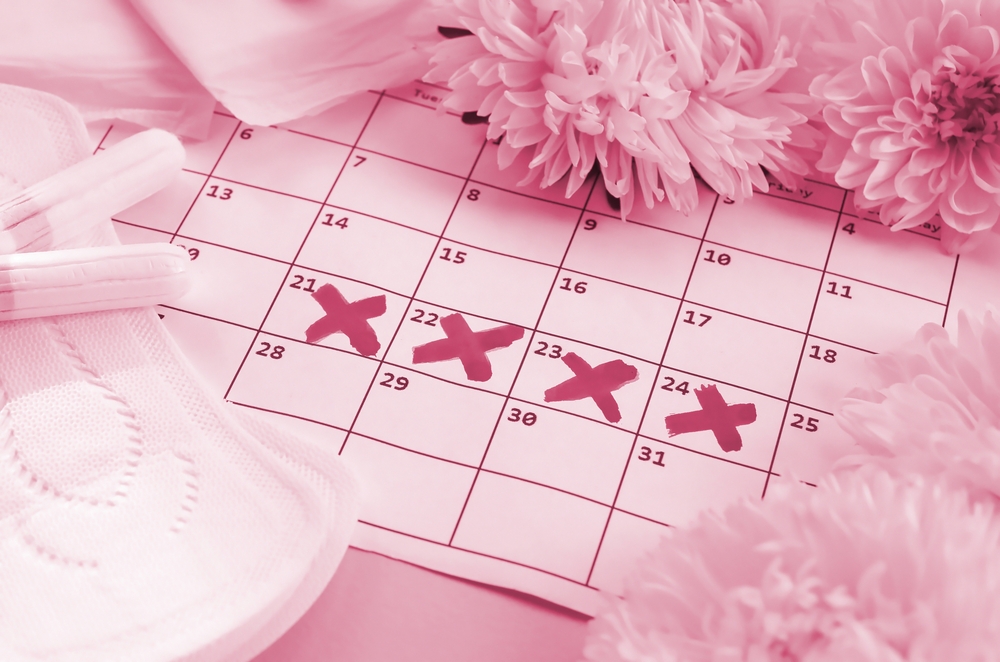
Seed cycling doesn’t just balance your cycle—it supports hormonal conditions that influence ovulation and implantation. For women trying to conceive naturally, syncing seeds with their cycle may support a more fertile environment. By reducing estrogen dominance and boosting progesterone, it creates conditions the body recognizes as stable and receptive. It’s not IVF—but it’s not irrelevant either.
Even women undergoing fertility treatments are incorporating seed cycling as a supportive practice. It won’t replace medical intervention, but it may enhance it. When your hormones feel balanced, your entire reproductive system functions more optimally. For many, it’s a gentle way to support conception while reducing stress and inflammation.
6. It May Ease PMS Symptoms

If your premenstrual symptoms feel like an emotional apocalypse, seed cycling might help stabilize the hormonal shifts that trigger them. By balancing estrogen early and boosting progesterone later, the emotional volatility gets a buffer. You may still feel feelings, but they won’t steamroll you. And that matters.
Many women report fewer headaches, breast tenderness, and rage spirals within 2–3 cycles. It’s not a sedative, but it softens the hormonal edges. PMS isn’t all in your head—it’s in your hormones. And seed cycling speaks their language.
7. It’s Gut-Healthy
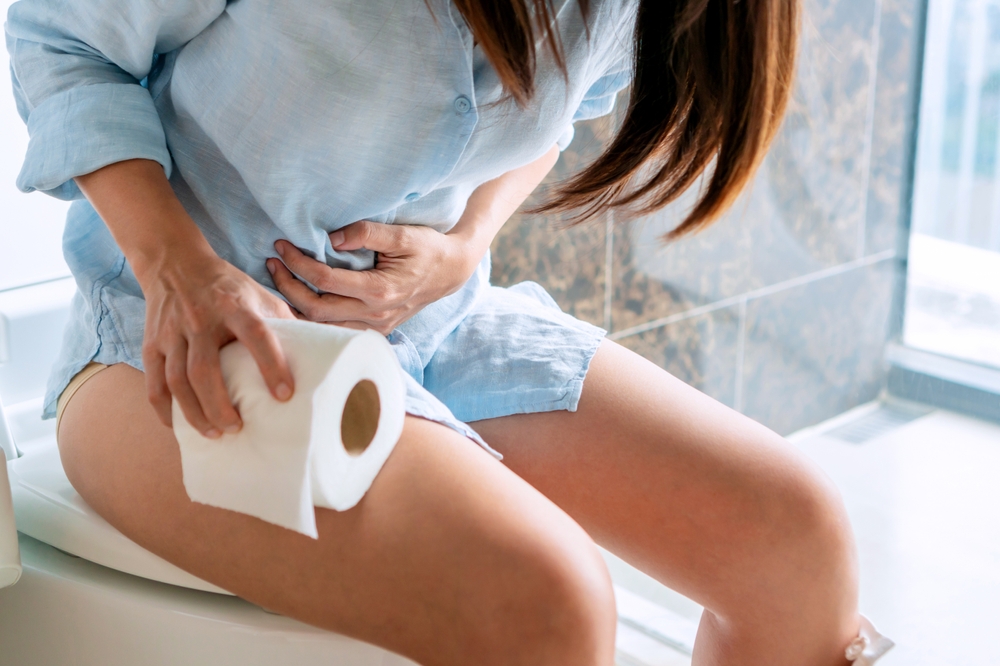
Your gut is where hormones are metabolized, so if digestion is off, your cycle will be too. Seeds like flax and sunflower offer soluble fiber and healthy fats that keep things moving. Better digestion means better estrogen clearance—and less hormonal stagnation. Basically, your cycle thanks you every time you go to the bathroom.
Women with constipation, bloat, or post-pill gut disruption often see improvements with seed cycling. It’s not a cleanse—it’s a recalibration. And when your gut works, your mood, skin, and cycle follow suit. Hormones aren’t just made—they’re moved.
8. It’s An Act Of Ritual, Not Restriction
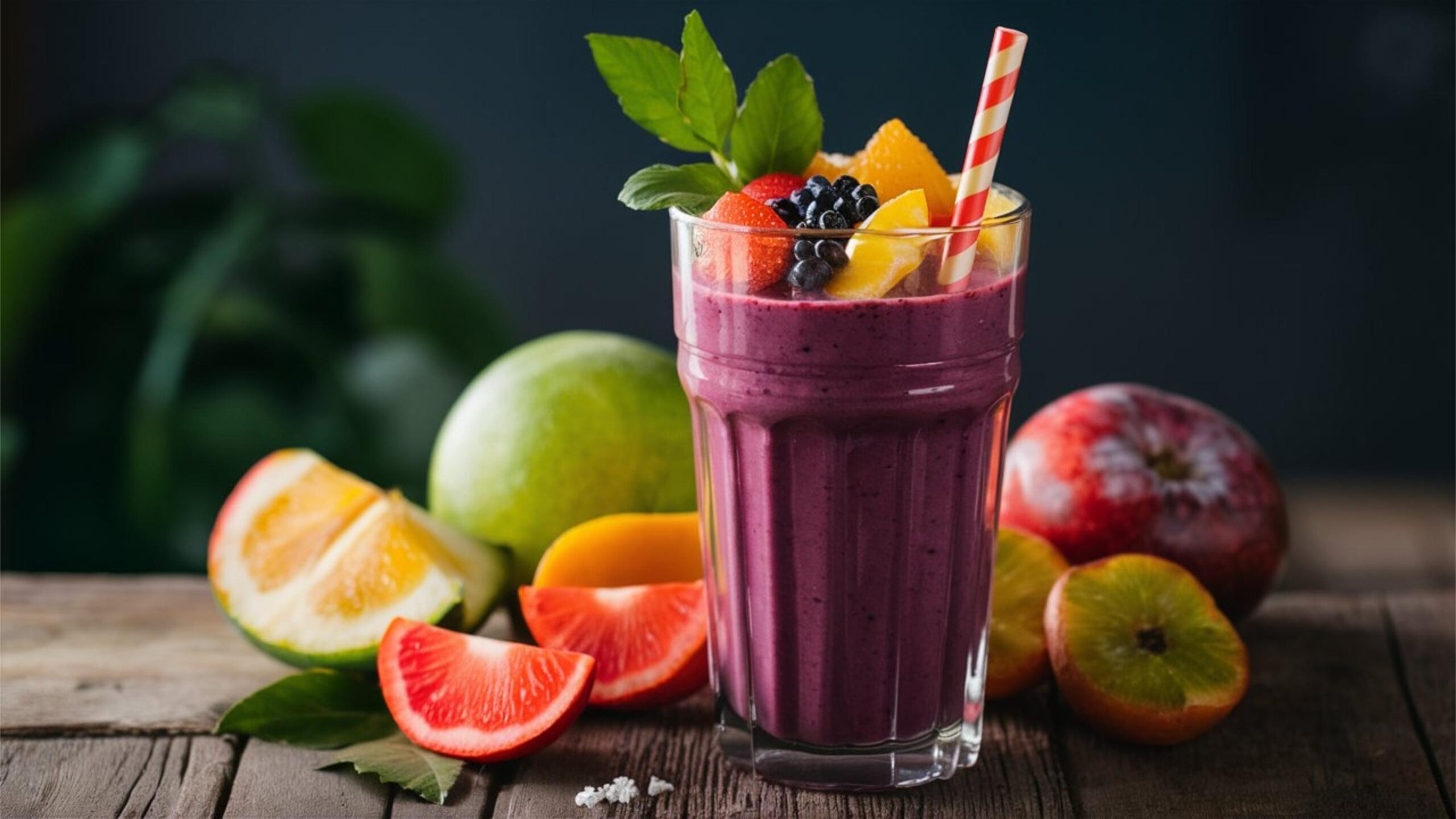
Seed cycling offers structure without rigidity. It’s not about cutting things out—it’s about adding intentional support. That alone makes it a win for women healing from toxic diet culture or restriction-based wellness trends. You’re not punished for existing—you’re honored for cycling.
Incorporating seeds becomes a ritual: adding flax to smoothies, sunflower to oats, sesame to tahini dressings. It makes hormonal care feel sacred, not clinical. For women who’ve been gaslit about their symptoms, this level of ownership feels radical. And yes, delicious.
9. The Omega-3s Are A Bonus Mood Booster
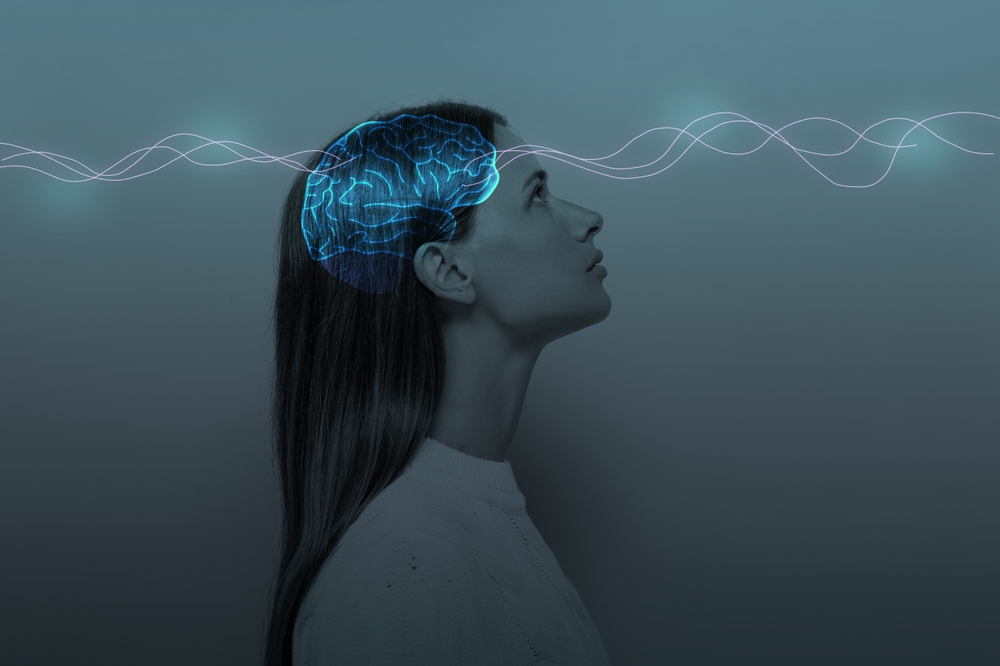
Seeds are rich in essential fatty acids, especially flax and pumpkin, which offer plant-based omega-3s. These fats support brain health and reduce inflammation, both of which impact mood and cycle stability. When your brain is nourished, anxiety takes a back seat. Hormonal clarity often follows.
Women with PMDD, postpartum shifts, or anxiety-related cycle issues often benefit from increased omega-3s. It’s not just about food—it’s about function. Seed cycling layers nutritional support into a hormonal rhythm. And your nervous system reaps the rewards.
10. It’s Cheap, Accessible, And Not Gatekept
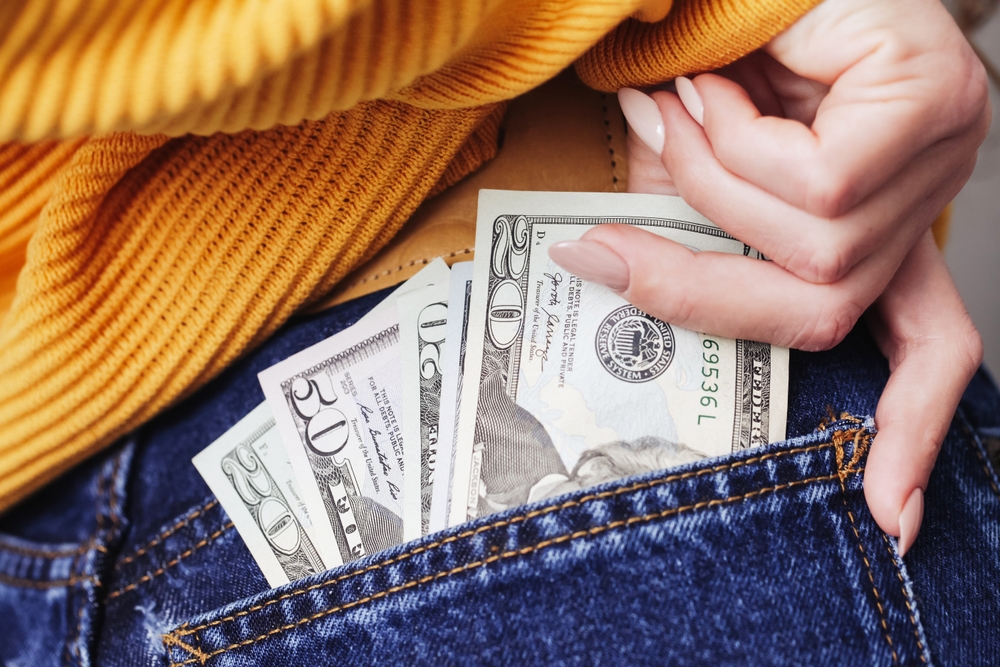
Unlike designer supplements or high-end hormone kits, seed cycling is low-cost and low-barrier. You can buy organic seeds in bulk and grind them at home. There’s no membership, app, or influencer exclusivity required. Which is why it’s become such a grassroots movement among women who are done outsourcing their health.
You don’t need a subscription box or a detox guru—you need a mason jar and a blender. That accessibility is part of the appeal. Women everywhere are reclaiming their cycles with tools their grandmothers could’ve used. And it’s beautiful.
11. It Doesn’t Replace Medical Treatment—It Complements It

Seed cycling isn’t a replacement for endocrine support when needed, but it can be a foundational layer. If you’re managing PCOS, endometriosis, or thyroid imbalances, seed cycling may support your treatment plan, not replace it. It’s a food-based strategy, not a cure-all. And that distinction matters.
Many integrative doctors now include seed cycling as part of a holistic hormone protocol. It’s about synergy, not substitution. You can take your meds and nourish your body. Healing doesn’t have to be binary.
12. It May Improve Skin Health During Hormonal Flare-Ups

If your breakouts spike around ovulation or your period, seed cycling might help stabilize the hormones driving those flare-ups. Estrogen and progesterone impact sebum production, inflammation, and skin clarity. By regulating those hormones, you’re less likely to see dramatic skin swings. And more likely to glow year-round.
Women with adult acne, PCOS-related breakouts, or hormonal melasma have seen skin improvements over time. Again, it’s not a miracle—it’s a system of support. Your skin reflects your internal rhythm. And seed cycling can help bring that rhythm back into harmony.
13. It’s Safe For Most Women—But Not All

If you’re allergic to seeds or taking specific medications (such as blood thinners or hormonal therapy), you should consult your doctor first. While seed cycling is food-based and generally safe, that doesn’t mean it’s universally appropriate. Bodies are nuanced, and bio-individuality matters. Listen to your intuition and your medical team.
That said, most healthy women can experiment with seed cycling without side effects. It’s gentle, gradual, and non-disruptive. But if you have a complicated hormonal condition, professional guidance is key. Hormonal balance should never be DIY at the cost of your safety.
14. It Can Be Synced With The Moon If You’re Not Menstruating

For post-menopause women, on birth control, or between cycles, seed cycling can be aligned with the lunar phases. The new moon mimics the follicular phase; the full moon represents the luteal. It’s not about superstition—it’s about anchoring your body to a rhythm when yours is missing. And honestly, syncing with nature has its own magic.
Many women report feeling more grounded and emotionally stable using the moon as a guide. It gives structure to a phase of life that often feels chaotic. And it reconnects you to a feminine rhythm beyond biology. Because even without a period, you’re still cyclical.
15. It’s About Reclaiming Hormonal Power—Not Controlling It

The biggest truth about seed cycling? It’s not about manipulating your body—it’s about partnering with it. For too long, women have been taught to fear, ignore, or suppress their hormonal shifts. Seed cycling invites a different narrative—one of collaboration, not control. And that’s what makes it revolutionary.
This isn’t just about seeds—it’s about sovereignty. About remembering that your hormones aren’t enemies—they’re messengers. And when you start listening to them instead of fighting them? That’s when the real healing begins.
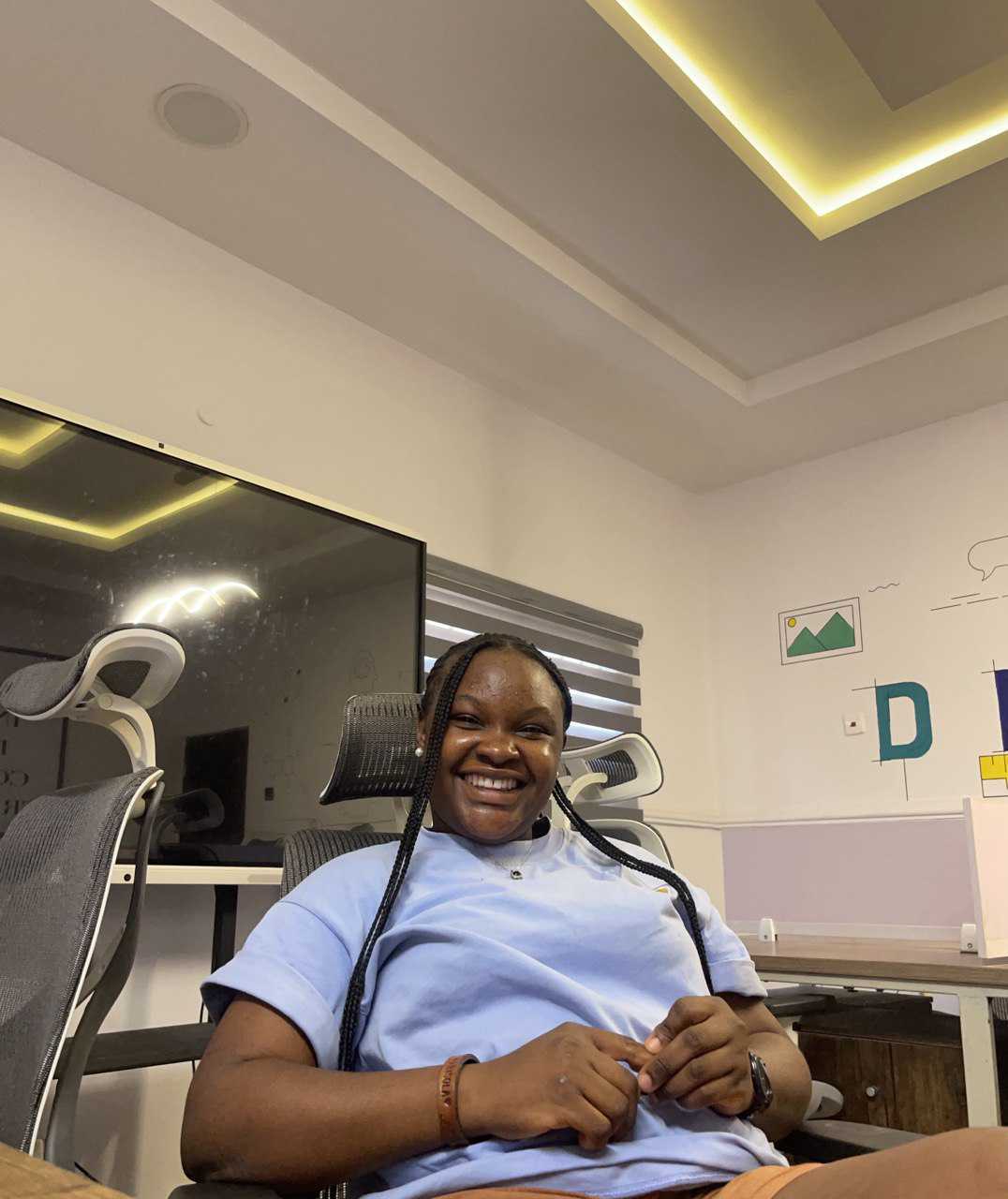
Abisola is a communication specialist with a background in language studies and project management. She believes in the power of words to effectively connect with her audience and address their needs. With her strong foundation in both language and project management, she crafts messages that are not only clear and engaging but also aligned with strategic goals. Whether through content creation, storytelling, or communication planning, Abisola uses her expertise to ensure that her messages resonate and deliver lasting value to her audience.

